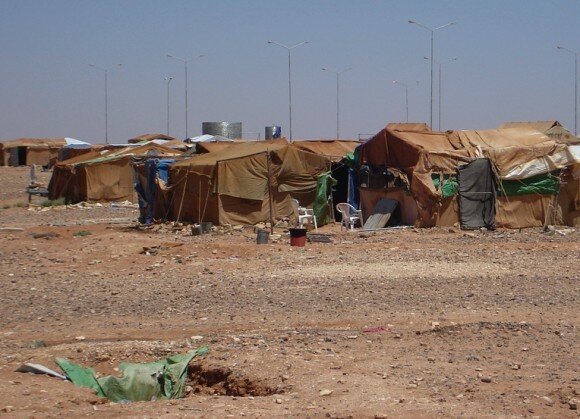
I spend a lot of time thinking about how to tell stories better. Everyday emerging technology is altering the way we think of storytelling. Storytelling choices and methods should be rooted in a clear understanding of your goals and specific needs. These goals must also be tempered by your available resources. Finally you want to consider how your audience’s expectations also serve to mold your strategy.
For example, while more people join Twitter everyday, there are still many communities not represented there. When I was working in Libya in 2011, we started a hashtag #AskaLibyan to promote engagement between the international community and Libyan citizens. At the time internet connectivity was virtually nonexistent in Libya. Livestreaming would have been prohibitively expensive, if not impossible. However Twitter worked well, and provided a low bandwidth opportunity to create a relationship between individuals inside Libya and those abroad. As bandwidth increased and the Libyans running Alive in Libya increasingly focused their efforts on video production, the #AskaLibyan hashtag was left behind.
I was recently approached by Jessica Christian, Communications Director for Circle of Health International, about livestreaming from the Zaatari refugee camp, on an upcoming delegation to support Syrian mothers. I was initially skeptical, and a quick google seemed to confirm connectivity is very weak in the camp. I asked her a bit about her goals with livestreaming, and primarily she wanted to connect their donors and supporters with the work they helped create. Secondarily, she wanted to reduce the amount of post-production work that remained after the trip.
Livestreaming could be a great way to solve this, however the primary gain from “live” necessitates real-time interaction. Livestreaming has been a growing trend in mobile and social storytelling. It exploded during the Occupy movement, but has been growing for a long time. It’s easy to understand the appeal of “live” due to the increasingly real-time nature of the internet. For Jessica and her colleagues in Jordan to engage in real-time with their supporters in Texas and elsewhere, she’d have to overcome a nine hour time gap. I suggested she consider the low connectivity in Jordan and the time gap an opportunity to try something different.
Using a unique hashtag she can create an asynchronous dialogue on Twitter that may also engage others outside of her network. Telling her story in short bites sorted with a hashtag creates a collaborative narrative that her donors and supporters participate in. Add to that Twitter’s new photo-first policy and you have an even greater opportunity. Although much vaunted, video isn’t everything. A series of great portraits, with 140-character quotes from the subjects can bring distant communities to life. Sharing them on twitter, with a replicable hashtag creates the opportunity for a collaborative narrative, and may bring you surprising new voices.
Blog, Featured, Small World News Blog, Small World News Blog